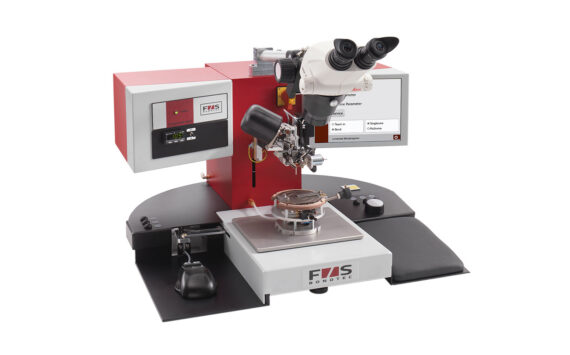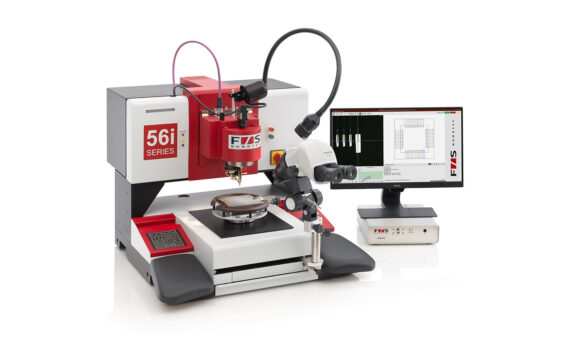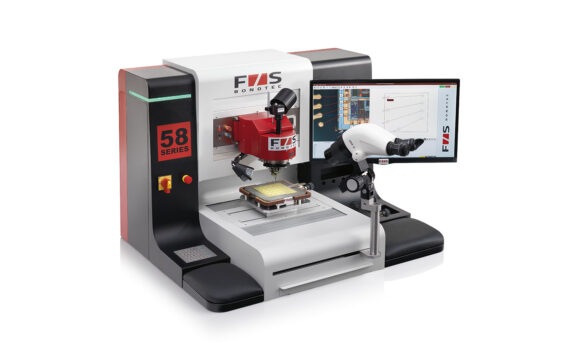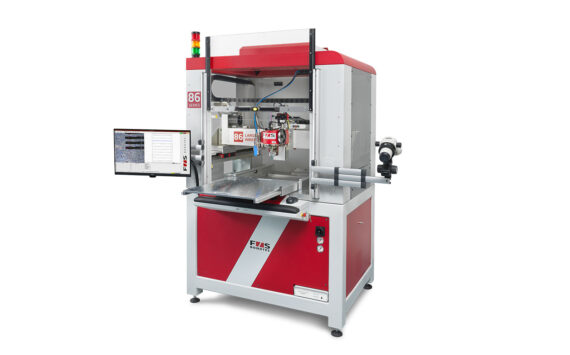
Ribbon
>> Gold or Aluminum ribbon, typically 12 x 75 µm
>> Mostly for microwave applications in mA range
>> Wedge process with very flat bonds
>> Bonding with heating for gold, without heating for aluminium
>> The bonder for ribbons has a wire feed angle of 90° and can also process wires. The bond assembly’s narrower contour is advantageous in limited geometries.

What is Ribbon Bonding?
Instead of a normal wire, it is also possible to bond ribbons. These ribbons, typically made of gold or aluminum, are precisely aligned, and bonded onto the substrate using our machines with a dedicated bond head.
Advantages of Ribbon Bonding over Normal Wire Bonding
- Enhanced Electrical Performance: Ribbon Bonding enables a significant reduction in the resistance and inductance of the connections, leading to improved electrical performance of the assembled electronic devices. This is especially crucial for high-frequency applications where signal integrity is critical.
- Higher Current Carrying Capacity: The wider cross-sectional area of ribbon wires allows for better current carrying capacity compared to traditional wire bonding, making it ideal for power electronics and applications with demanding power requirements.
- Improved Thermal Management: Ribbon Bonding provides a larger surface area for heat dissipation, resulting in enhanced thermal management. This is essential for devices that generate substantial heat during operation, as it helps prevent overheating and extends their lifespan.
- Reliability and Durability: Ribbon Bonding offers excellent mechanical strength and long-term reliability, ensuring stable and secure connections between components. The robust bond withstands mechanical stresses and environmental conditions, contributing to the overall durability of the electronic device.






